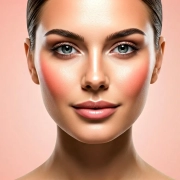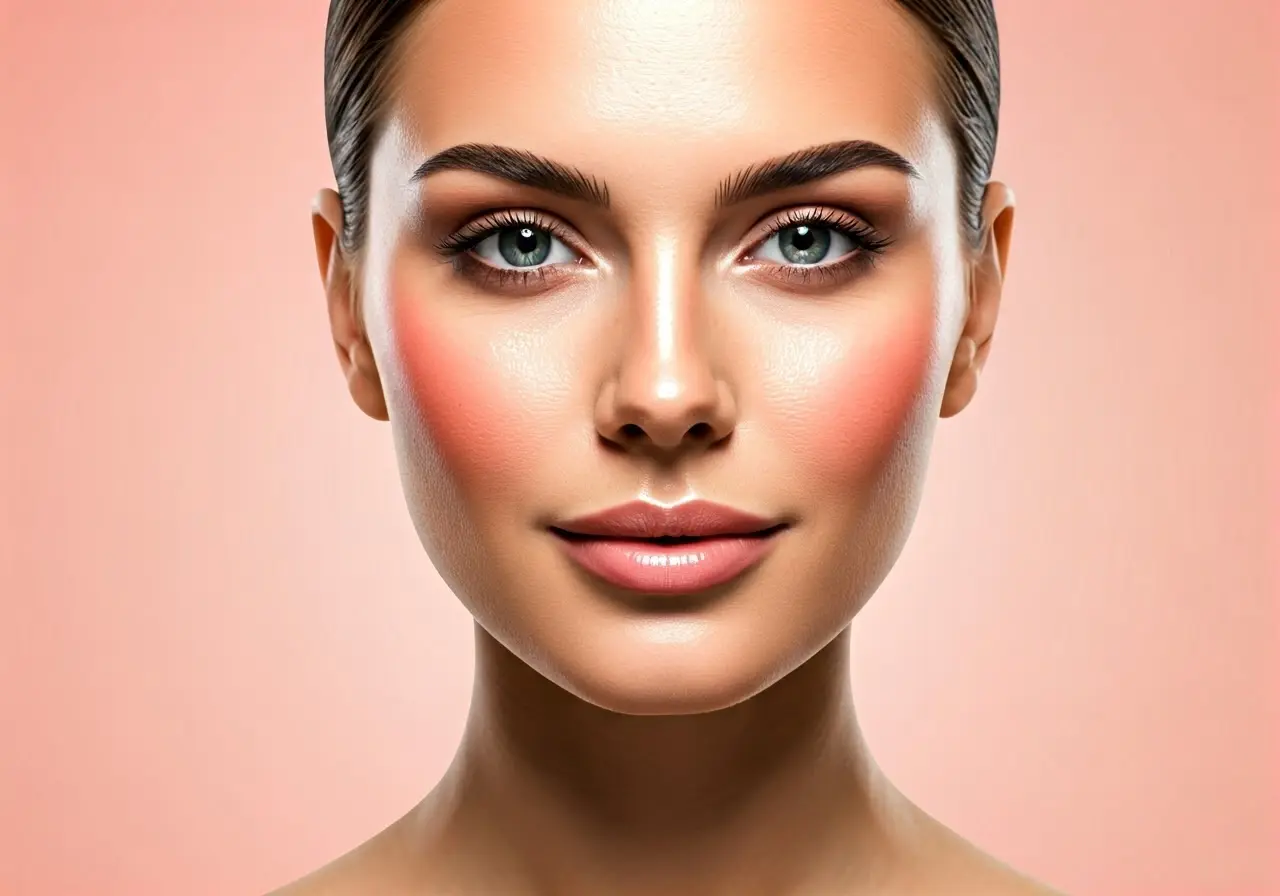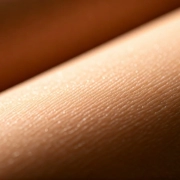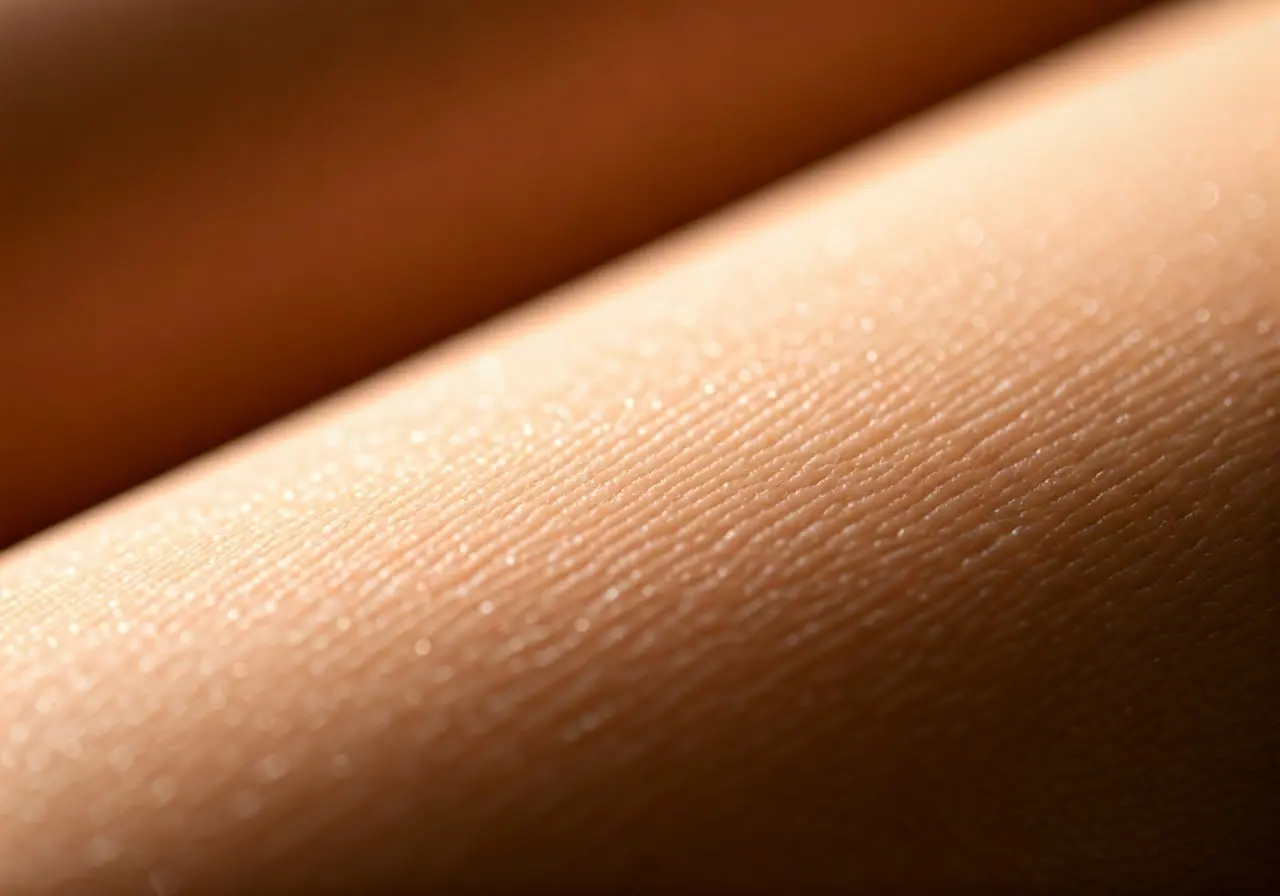9 Reasons Dermal Fillers Are the Ultimate Anti-Aging Solution
Dermal fillers have become a popular choice for those looking to maintain a youthful and refreshed appearance without undergoing invasive surgery. This approachable guide highlights why they are considered the ultimate anti-aging solution.
1. Instant Results for a Quick Confidence Boost
One of the most appealing benefits of dermal fillers is the immediate improvement in appearance. Walk out of the clinic looking refreshed and revitalized, perfect before an event or special occasion.
Dermal fillers come to the rescue for anyone seeking a swift and noticeable change. Unlike other treatments that take weeks or months to show results, these fillers give you that much-desired youthful plumpness practically on the spot. Whether it’s filling in fine lines or giving your cheeks a more pronounced contour, the effects are immediate and highly satisfying.
For instance, the popular hyaluronic acid fillers are known for their capacity to retain moisture and provide a natural-looking enhancement. These fillers are especially beneficial as injectables are changing how we age, offering almost instantaneous results.
2. Minimal Downtime and Recovery
Unlike surgical procedures, dermal fillers require minimal recovery time. Many people resume their daily activities right after the treatment, making it a convenient option for busy individuals.
Given the fast-paced life most people lead today, treatments that allow for quick recovery are highly sought after. With dermal fillers, you can schedule a session during your lunch break and still make it back to the office. The procedure involves minimal swelling or redness, which usually subsides within a few hours, letting you flaunt your rejuvenated look almost immediately.
For those who are always on the go, the fact that non-surgical facelifts offer such minimal downtime is a game-changer. These treatments fit seamlessly into busy schedules, offering both convenience and efficiency.
3. Natural-Looking Enhancement
Dermal fillers provide a subtle and natural look. Skilled practitioners can enhance your features without making you look overdone. The goal is to look like the best version of yourself.
When applied by a professional, dermal fillers work in harmony with your existing facial features. They can be meticulously injected to ensure the enhancements blend seamlessly with your natural appearance. Whether it’s adding volume to sunken cheeks or smoothing out fine lines, the result is always aesthetically pleasing and natural.
People often fear that undergoing filler treatments will leave them looking artificial or overly dramatic. However, the success of treatments like hyaluronic acid fillers lies in their ability to provide subtle improvements that enhance your natural beauty, rather than overshadow it.
4. Versatility in Treating Different Areas
Dermal fillers are incredibly versatile and can be used to treat various areas including cheeks, lips, jawline, and under-eye regions. They can address multiple signs of aging, giving a more youthful overall appearance.
The adaptability of dermal fillers makes them a top choice for comprehensive facial rejuvenation. From adding volume to thinning lips to defining the jawline, the applications are broad and varied. Whether you wish to address hollowed areas around the eyes or smooth out nasolabial folds, fillers can do it all with precision.
In this regard, treatments for anti-aging with med spa treatments offer a holistic approach by targeting multiple areas with customized care plans. This versatility ensures that each concern is addressed optimally, providing a balanced and harmonious facial enhancement.
5. Long-Lasting Results
Though not permanent, the effects of dermal fillers last quite long—anywhere from six months to two years, depending on the type of filler and area treated. This longevity provides a good balance without the commitment of permanent solutions.
One of the key advantages of dermal fillers is their longevity. Depending on the area of injection and the type of filler used, the results can last between six months to two years. This means fewer touch-ups, making it both a time-efficient and cost-effective solution for maintaining a youthful appearance.
For those considering long-term benefits, the fact that injectables can slow down the aging process offers a viable alternative to surgical options. This means a commitment to sustained beauty without the need for permanent alterations.
6. Gradual Improvement with Maintenance
With regular treatments, dermal fillers can provide ongoing and enhanced improvements over time. This approach means you can gradually maintain a youthful appearance with natural-looking results.
Think of dermal fillers as an investment in your future self. While you’ll see immediate improvements, the real magic happens when you commit to maintenance treatments. Each subsequent session builds on the previous one, resulting in a cumulative effect that continually revitalizes your skin.
Regular touch-ups ensure that you remain at your peak appearance, providing an opportunity to enhance and tweak the results over time. This method of gradual improvement aligns seamlessly with the future of skincare, where ongoing care ensures enduring beauty.
7. Stimulates Collagen Production
Certain types of dermal fillers stimulate your body’s natural collagen production. This leads to longer-lasting effects and improved skin texture, adding to the anti-aging benefits.
A fascinating aspect of hyaluronic acid-based fillers is their ability to encourage the natural production of collagen. Collagen is a vital protein that maintains skin firmness and elasticity. As we age, our body’s collagen production dwindles, but dermal fillers can give it a much-needed boost.
Opting for fillers that stimulate collagen means you’re not just getting a temporary fix; you’re aiding your skin’s natural regenerative processes. This mechanism ensures that even as the filler itself gets absorbed over time, the underlying structure of your skin is continually improving.
8. Non-Surgical and Low Risk
As a non-surgical option, dermal fillers carry fewer risks compared to invasive procedures. Side effects are generally minimal and short-lived, making it a safe alternative for many.
The safety profile of dermal fillers makes them an attractive option for many people. Unlike surgical procedures, fillers don’t involve any incisions or general anesthesia. This significantly lowers the risk of complications such as infections, scarring, or prolonged downtime.
For those afraid of going under the knife, non-surgical facelifts provide a reassuringly low-risk alternative. The non-invasive nature of these treatments ensures that you can achieve desired results with minimal interference in your daily life.
9. Customizable Treatments to Fit Your Needs
Dermal fillers offer a high degree of customization, allowing treatments to be tailored to individual needs and aesthetic goals. Whether you want a subtle refresh or more significant enhancement, fillers can be adjusted accordingly.
No two faces are identical, and neither should their treatments be. The beauty of dermal fillers lies in their flexibility. Each session can be tailored to address specific concerns, from accentuating the lips to smoothing out fine lines around the eyes.
If you’re curious about how dermal fillers can help you achieve your beauty goals, why not take the next step? Book a complimentary consultation with Dr. Laura Cho online at Bellatudo Skin and Wellness Center. We’re here to answer all your questions and help you find the perfect treatment tailored just for you. Plus, you can check out the stunning before and after results of our happy patients on our Instagram page. Let’s embark on your journey to a rejuvenated, youthful look together!



















